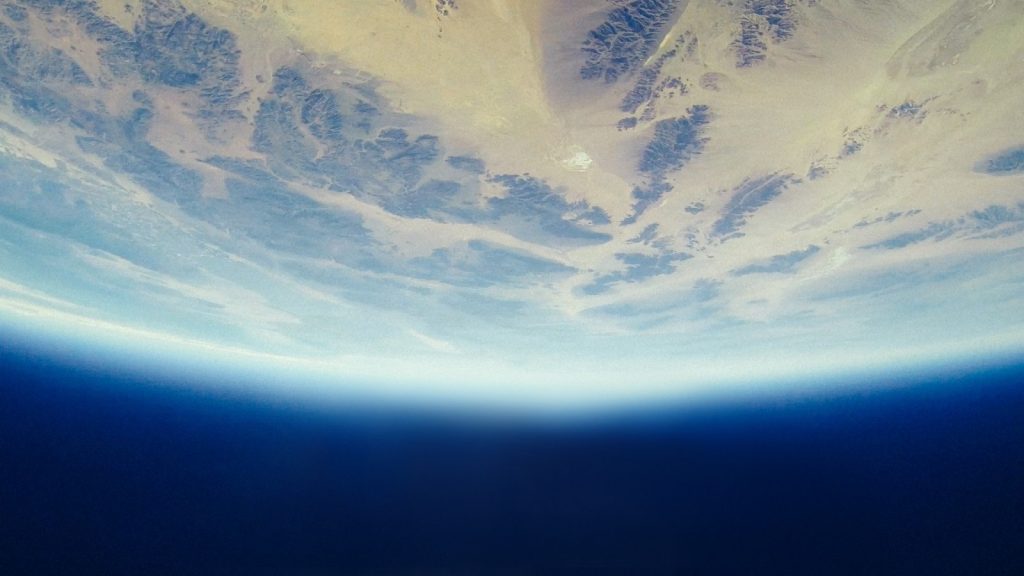
Photo on Visualhunt
I’ve been traveling again, this time to Alaska. We were only there for a week, so actually saw very little of this immense state, but heavens! What we did see knocked me sideways. We were given the miracle of fantastic weather for this first visit. I know it sounds ridiculous, but the beauty of the landscape was so intense, so picture-perfect, that I think I had trouble accepting it as real. What with the very long daylight hours (although the sun “set,” it never got completely dark), I ended up gasping a bit too much for my comfort. Weird to think a person can hyperventilate at beauty.
From the air, the mountains look like waves tossed in a stormy sea.
One of my sisters told me that whenever she visited Alaska, she always felt like someone had taken a doctored travel poster and pasted it onto the horizon. That’s the sense I got exactly: this can’t possibly be real.
The lesson from Alaska: how rare our planet is. There’s a planet walk in Anchorage. You start in downtown at the sun. Each step you take represents a light second, so that a 5 minute walk means it takes 5 minutes for light from the sun to travel that far. It’s a very effective way to show relative distance and size between planets and sun in our solar system. The planets are imbedded in signs at the proper distance to the sun (and each other). The first four planets are clustered within about 7 blocks of the sun. And then Jupiter–the next one out, is 45 minutes away! I had no idea of the relative distance between planets. Needless to say, we didn’t have time to visit Jupiter, let alone the 5 1/2 hours would need for us to reach Pluto.
Here’s the sun. If you don’t know what it is, it looks like a very bizarre sculpture in downtown Anchorage.
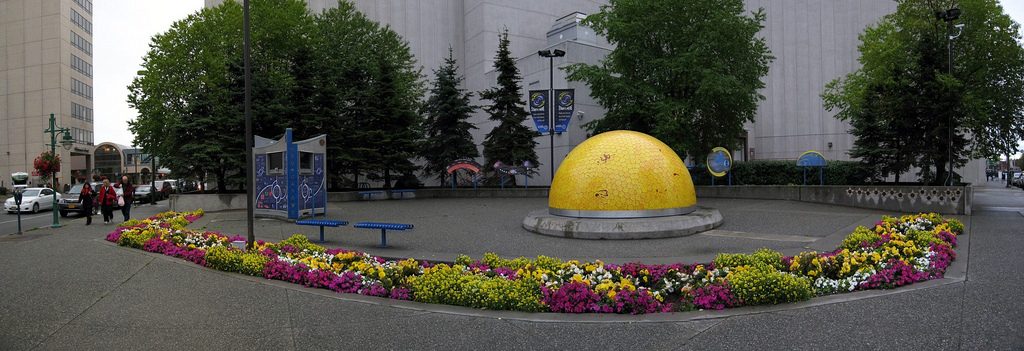
The Anchorage Lightspeed Planet Walk. Photo credit: Kwong Yee Cheng on Visualhunt.com / CC BY-NC-SA
I wish I had taken a picture of the sign where the marble-sized Earth was imbedded. I’m a sucker for signs anyway, but this one talked about the amazing miracle that Earth is, with its combination of solid core, gravitational magnetism (something like that), its oxygen and carbon and atmosphere and water. It was magic that this happened on this planet, which happens to be this far from the sun. Making it possible for “life as we know it” to occur here. They used those words on the sign.
It begs the question of “life as we don’t know it,” doesn’t it?
Visions of creatures I’ve seen in sci-fi movies scamper through my head, but most of those resemble life as we do know it, even if it’s just a blob from a putrid lagoon. Is it possible to imagine life as we don’t know it?
The planet walk underlined how very precious and unique our planet is.
We humans have not done well by it. I visited the Marine Life Center in Seward, where they worked hard to rescue otters, seals, fish, and birds from the Valdez oil spill (for one), and where they teach classes about our ocean and our human impact on it.
One school project they have on display illustrates where a lot of our garbage ends up. Videos show how our plastics break down microscopically and show up in krill. Considering the food chain, that means plastics are present more and more in all animals. In us. We are poisoning the planet, yes, and also ourselves.
I have a cousin who looked at me oddly a while back when I said, “We humans are destroying the planet!”
“No, we aren’t,” he said. “The Earth will still be around. It’s not going anywhere for a long time. It won’t look like it does now, but the planet will still be here.”
That gave me pause. Good ol’ Earth. A hunk of rock and water with the magic of life as we know it miraculously developing over the eons. But our presence, our introduction of the non-natural into lifeforms, is changing what the magic of what life is on this planet. We have no idea what we’re creating. As species mutate to adapt to this new world of our making, life may look very different in the future. Even here on Earth.

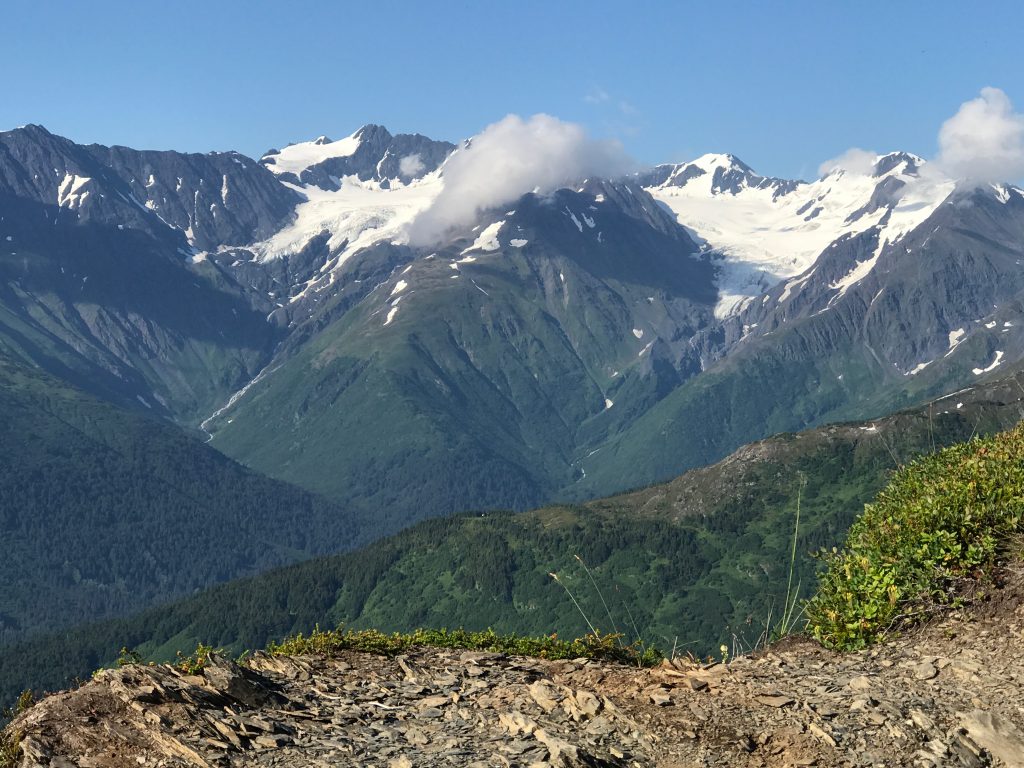
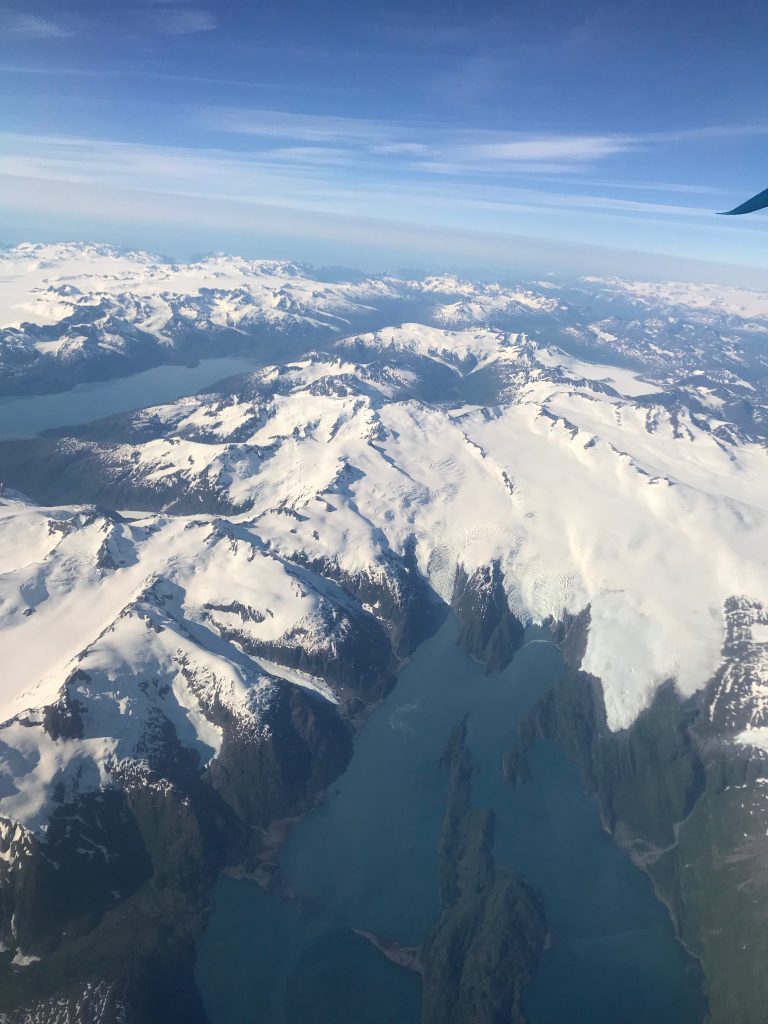
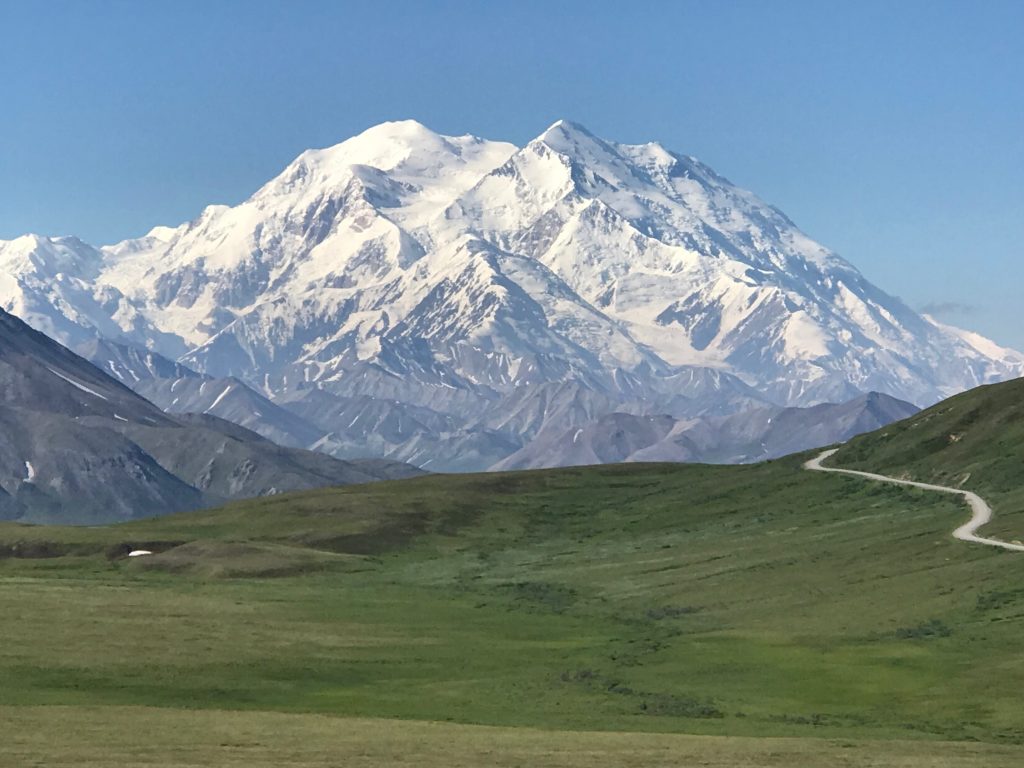
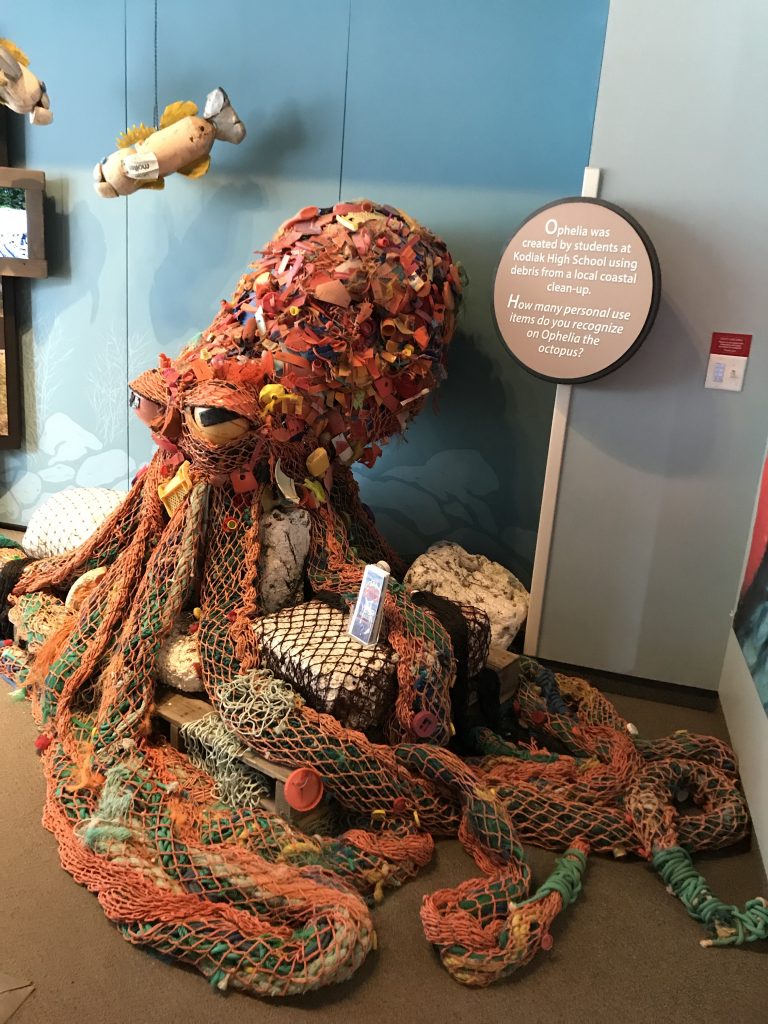
Welcome home, Mattie! Excellent post. Oh, we do need to care for this treasure of ours. Our sweet earth.